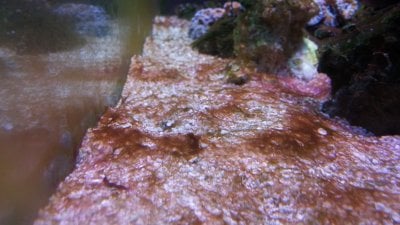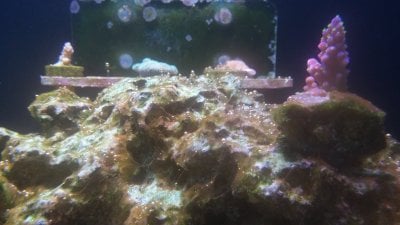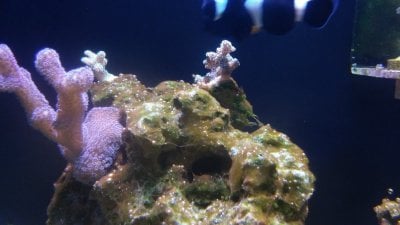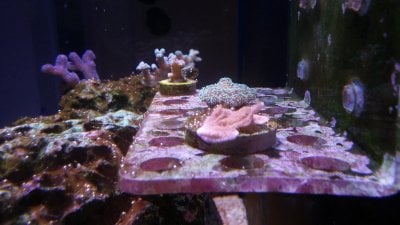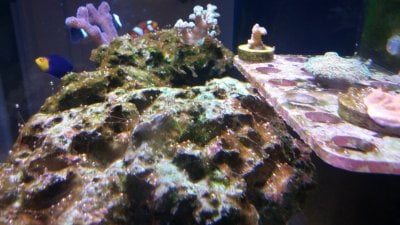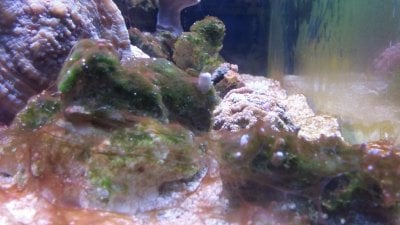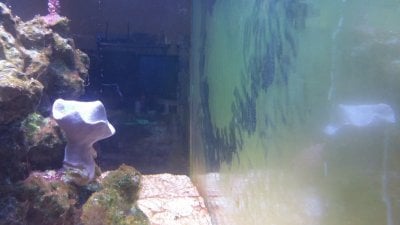- Joined
- Aug 12, 2016
- Messages
- 1,318
- Reaction score
- 939
Oh I agree, start off light. I did find they developed immunity however. H202 was going really well, cleared worse than your photos in about a week leaving just a 'white' patch which looked dead to the eye. Only it wasn't, it would regrow within an hour of being removed. From that it redeveloped and h202 no longer worked until adding extreme dosing levels.Point was to start small then increase.
Sometimes when we get to the restart or start over point, we tend not to care about the little things... Lol
Other corals are starting to show stress. Like I said, the dinos are going into turbo mode(overdrive)
This is the problem, you do go beyond care at times for everything else and become focused on removal.
What's your water temps been. Any increase where you are. Have you tried reducing lighting schedule.








